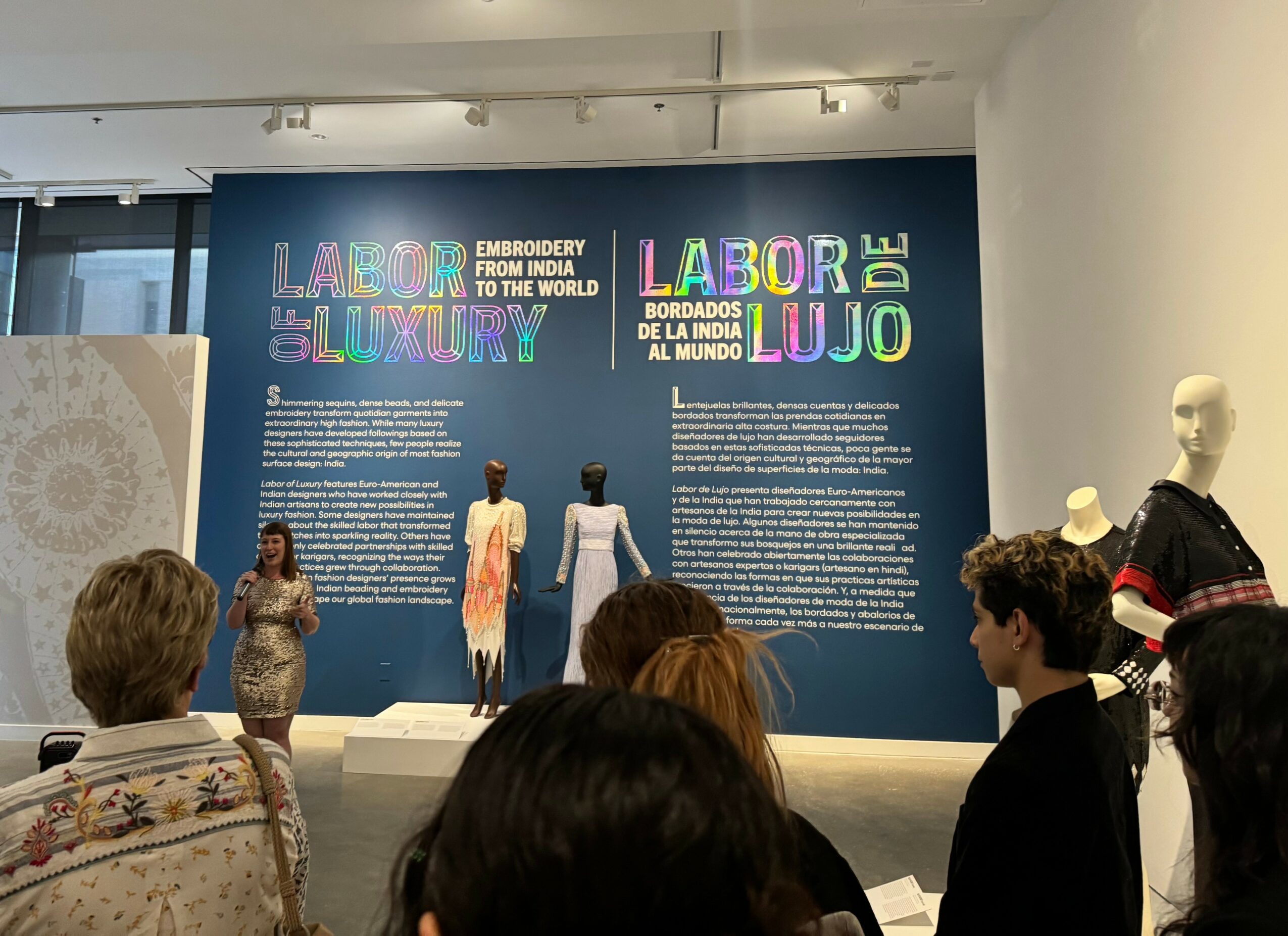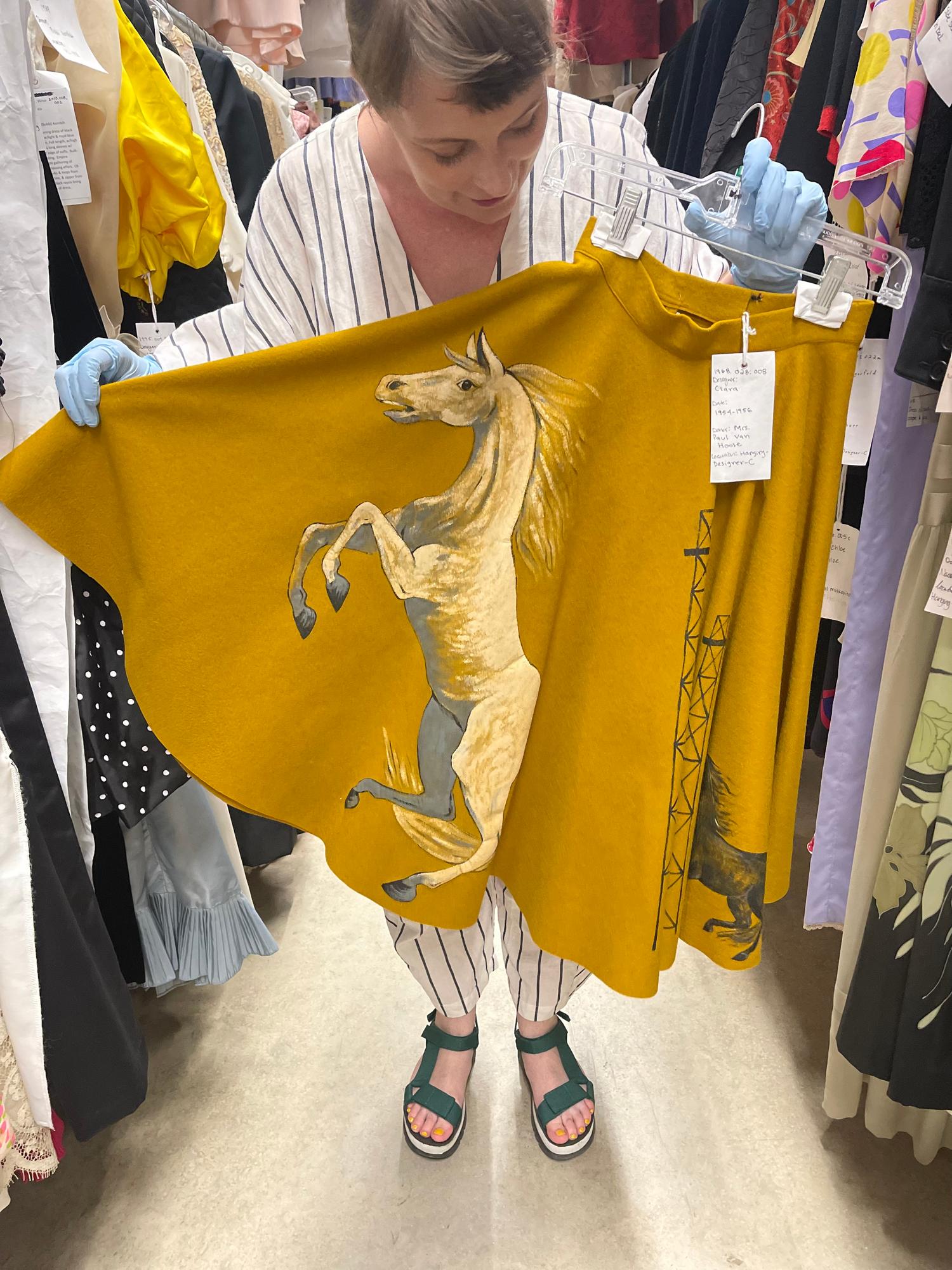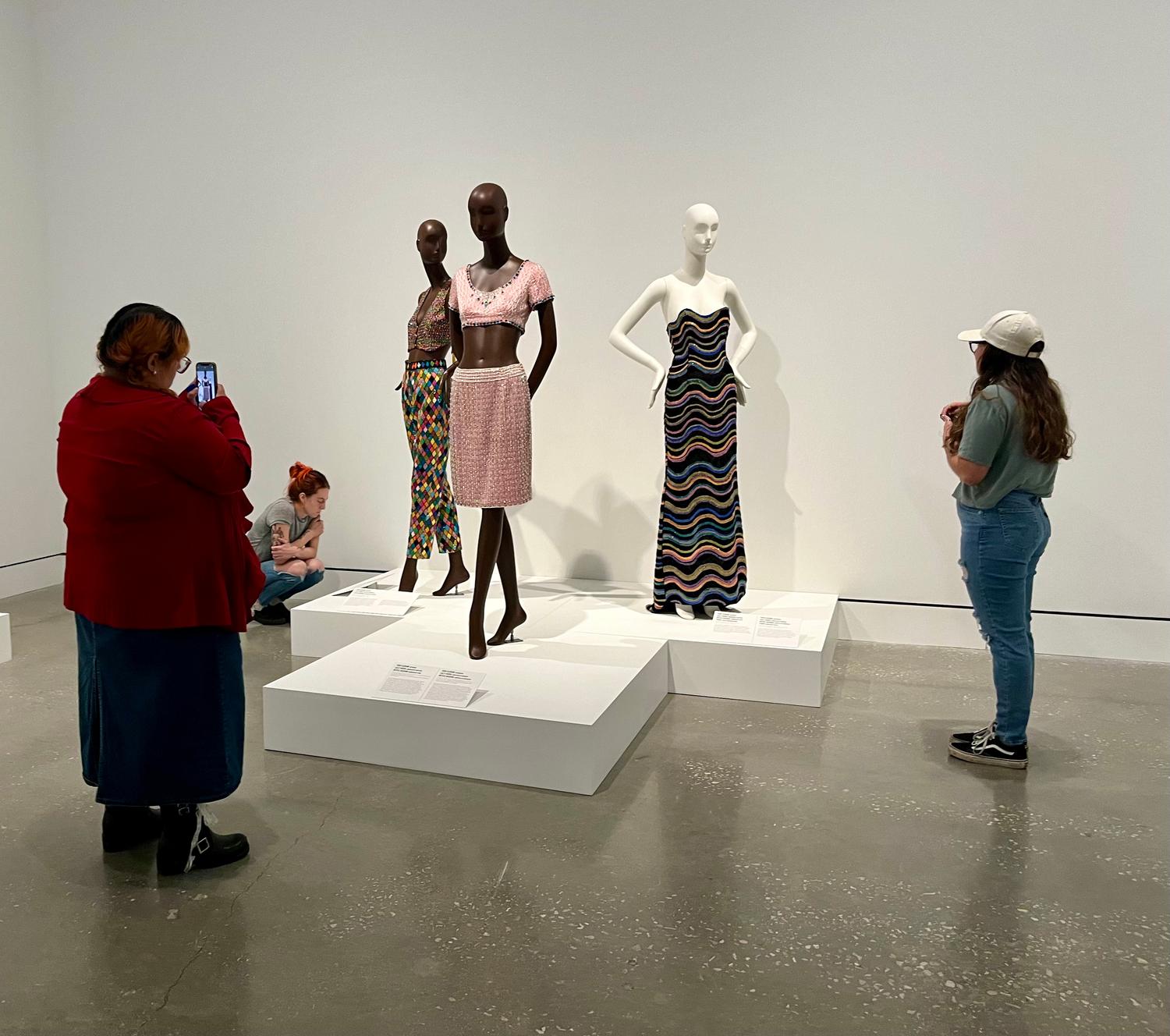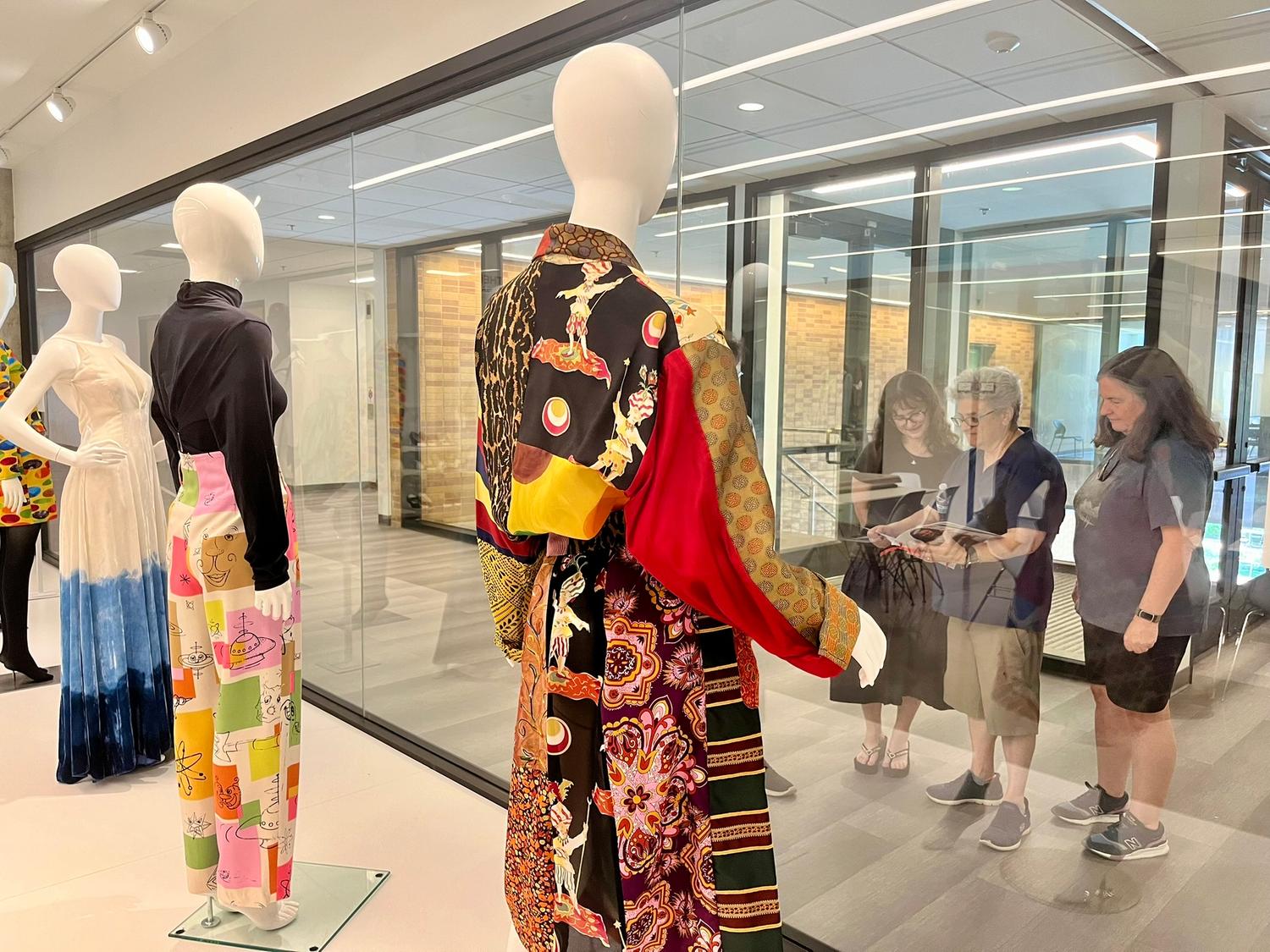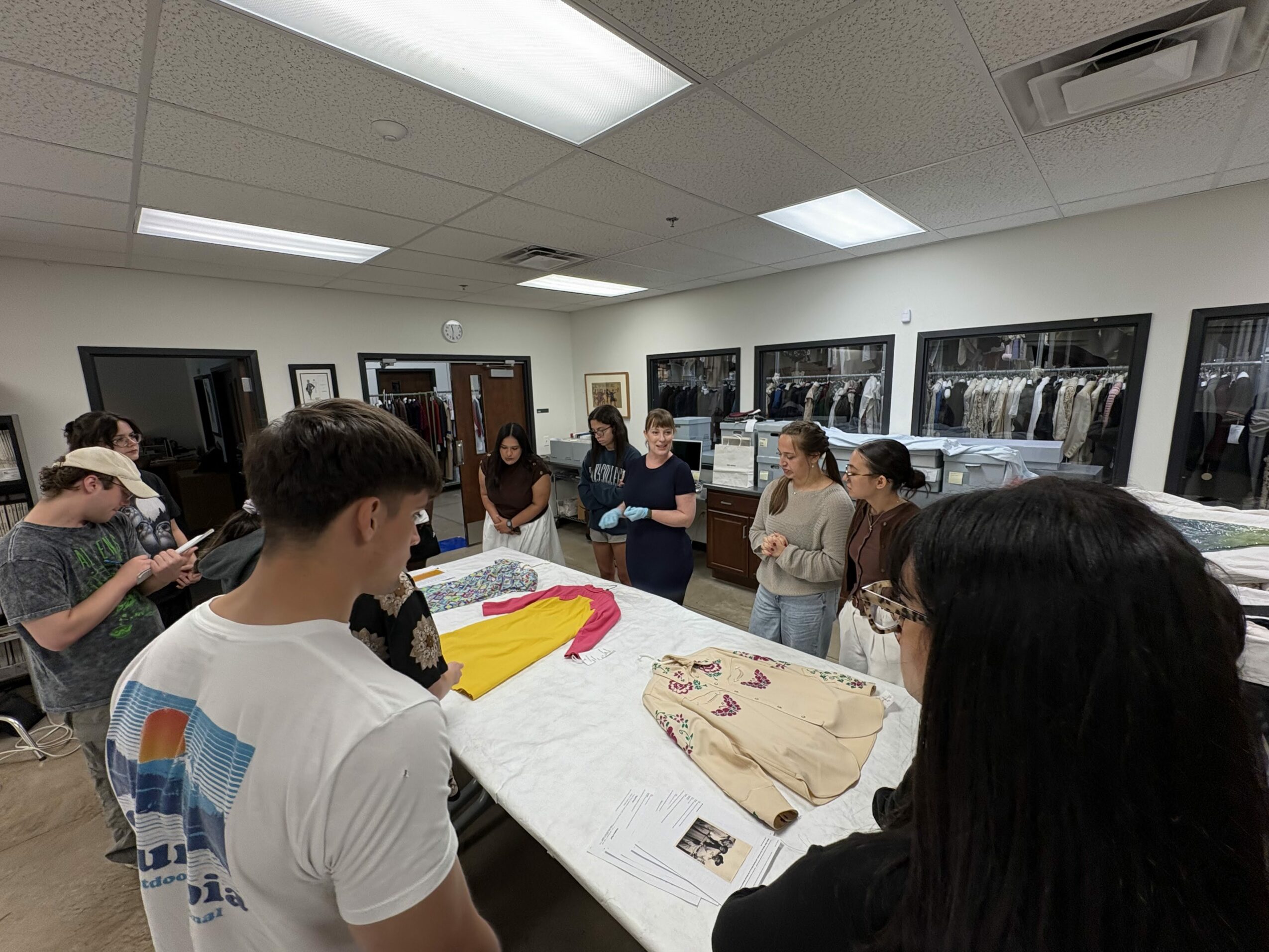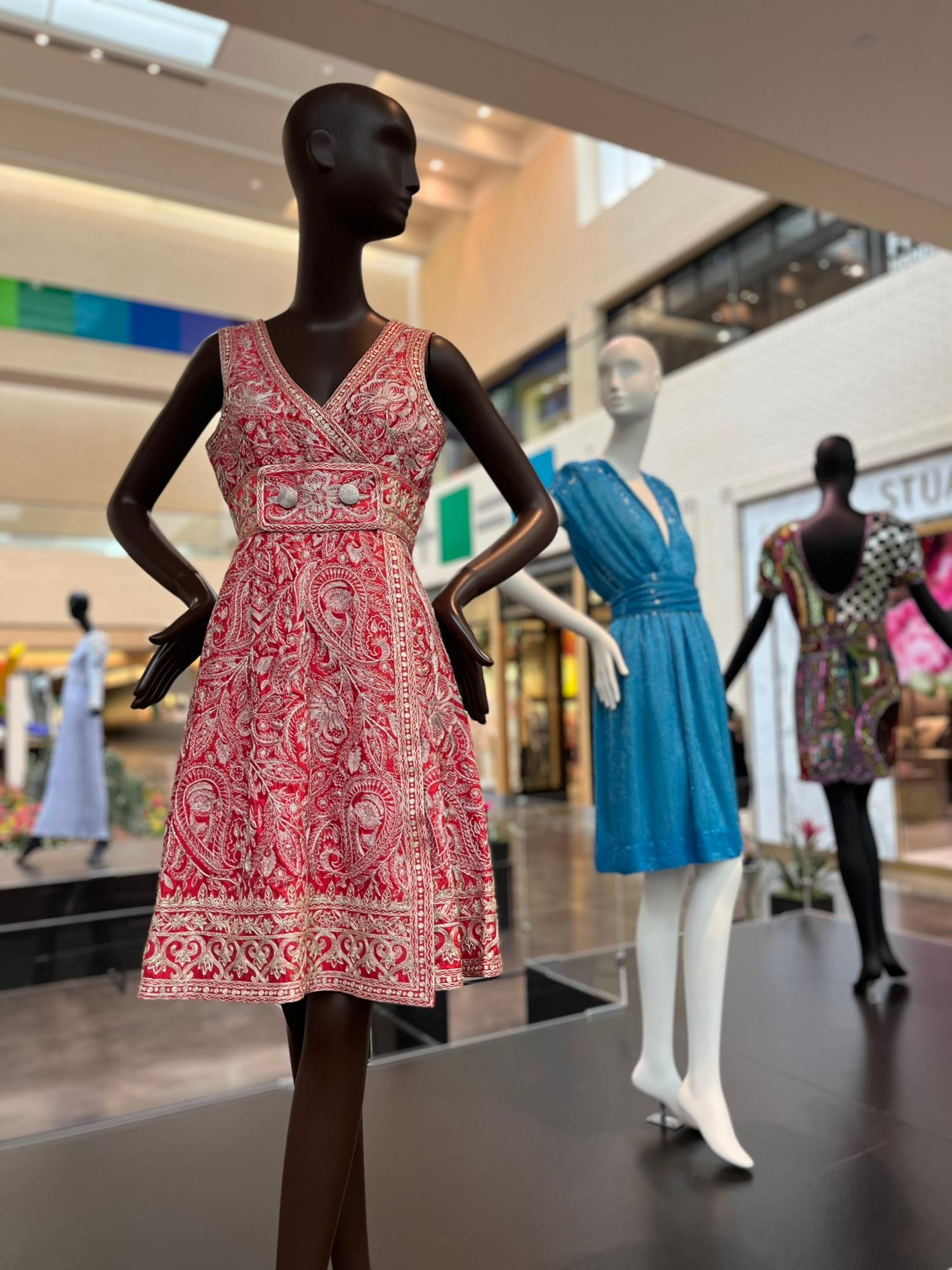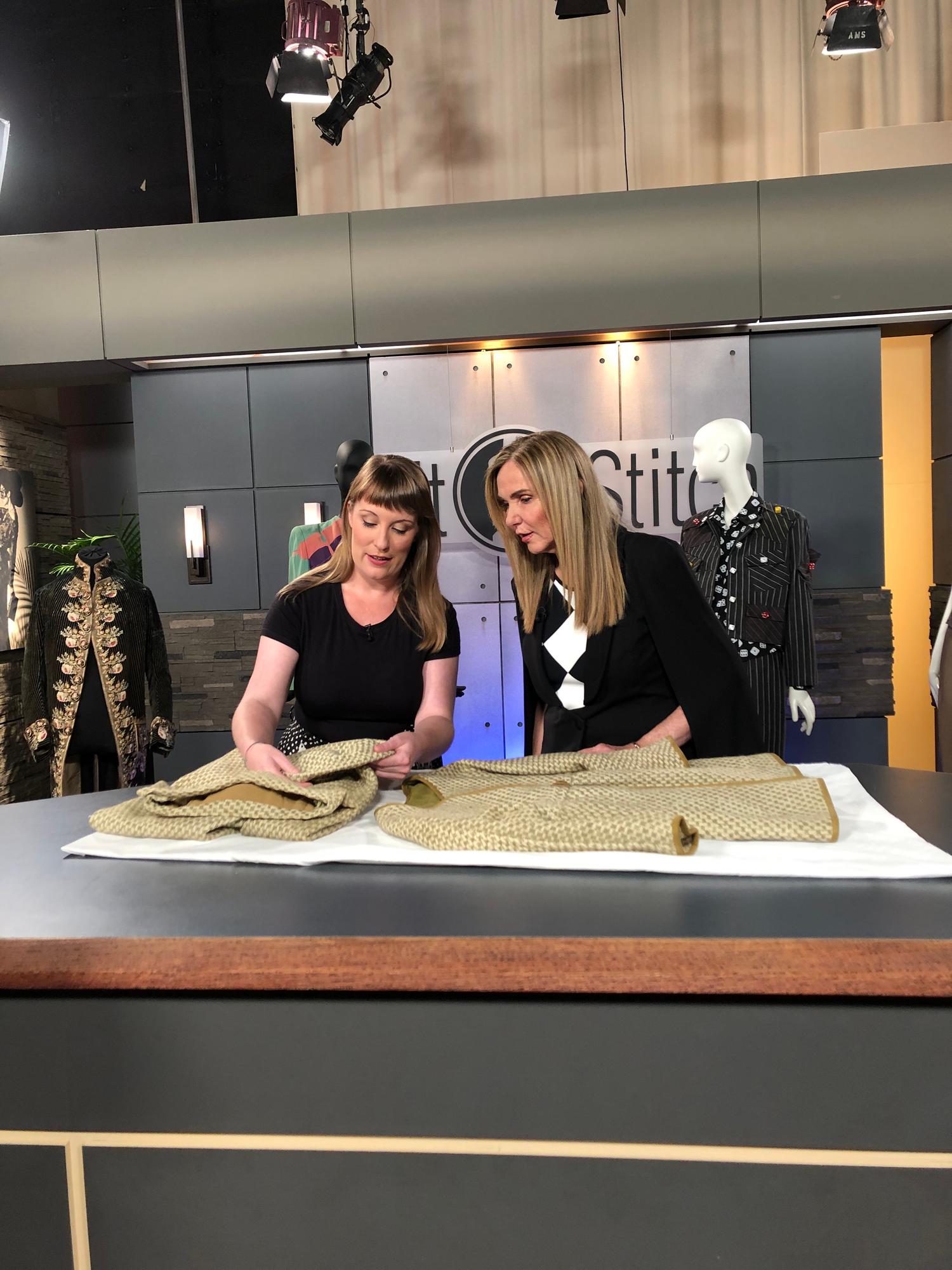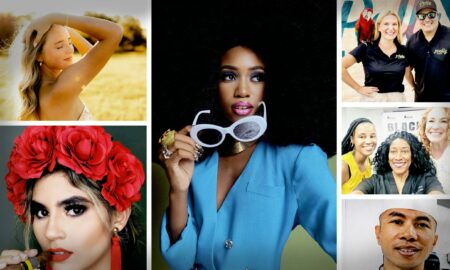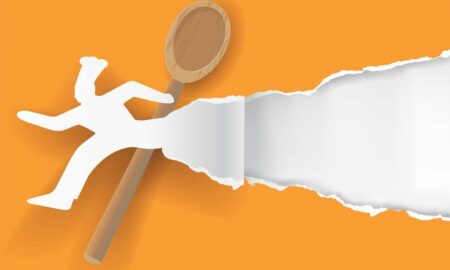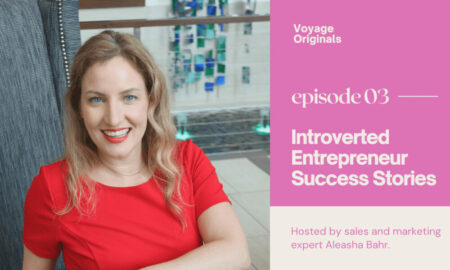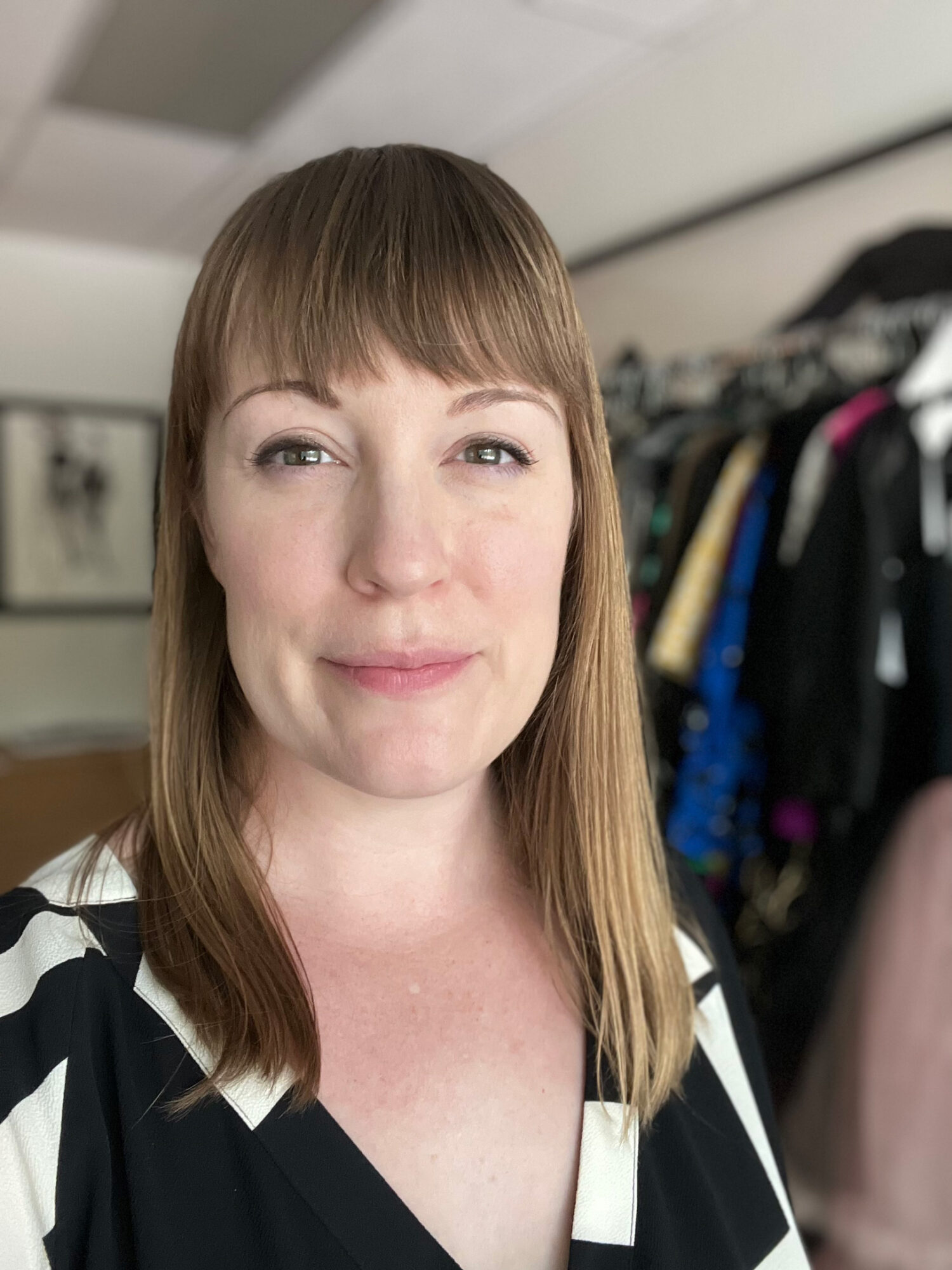

We recently had the chance to connect with Annette Becker and have shared our conversation below.
Annette, so good to connect and we’re excited to share your story and insights with our audience. There’s a ton to learn from your story, but let’s start with a warm up before we get into the heart of the interview. What are you most proud of building — that nobody sees?
At the Texas Fashion Collection, I am most proud of building robust academic programs that impact thousands of learners every year. Annually, the TFC serves between 4500-5000 people through research appointments, tours, and lectures. While our behind-the-scenes staff are certainly doing work to make sure our collection is cared for, I am the person leading over 200 groups annually in these learning opportunities. Who we serve really varies – ranging from high school clubs to a wide range of college classes to community groups and individual researchers. Each program is tailored to the audience, so I learn about a topic that matters to them, select artifacts that relate to that, and then lead conversation around the subject and garments. I think each group feels like they get VIP treatment – but in reality, we try to do that for everyone!
Can you briefly introduce yourself and share what makes you or your brand unique?
My name is Annette Becker, and I am an educator and fashion historian. I serve as the director of the Texas Fashion Collection, an archive of nearly 20,000 historic and designer garments and accessories housed within the University of North Texas College of Visual Arts and Design. While some people know the TFC for having started with the Dallas-based department store Neiman Marcus or for our incredibly rich holdings of haute couture by renowned designer Cristobal Balenciaga, I most love the TFC for the ways we connect people to human, relatable, important stories through dress. I get to curate exhibitions that reveal histories behind the clothing we wear today, guide researchers to answer questions that puzzle them, and save evidence of people living and long gone. Everything I do is about helping us understand who we are and how we relate to the world, present and past, near and far, familiar and unfamiliar.
Great, so let’s dive into your journey a bit more. What was your earliest memory of feeling powerful?
As a kid, I remember going into the public library in my hometown, being told I could pick what I wanted to check out, and feeling so empowered! Kids are so infrequently allowed to make decisions for themselves, and getting to decide what I could read about, look at, and learn felt very exciting. Norton, Kansas, has about 2500 people and the closest Walmart is over an hour drive away, so that huge, new library felt like a portal to the people, places, cultures, and ideas that I wasn’t exposed to regularly. My mom always encouraged me to read, and the librarians (particularly Mary) always took my interests and requests seriously. I read every book I could about horses, felt like I was friends with the Baby-Sitters Club, burned through Isaac Asimov, and had a John Grisham phase. Today, I still love going to libraries, checking out fat stacks of books, and learning as much as a can about too many topics!
What did suffering teach you that success never could?
Big transitions in life often feel like struggles, and the transition away from undergrad and into the rest of the world was a set of rude awakenings for me. As a student, I earned very good grades in advanced courses, had a part-time job at my campus art museum, and volunteered regularly at arts organizations. I felt like that hard work would earn me opportunity after I graduated, and I felt lucky when I lined up a well-paying position working closely with art. While the job might have been great for someone else, it was a horrible fit for me – in a remote location, living on-site with my employers, in a very elite environment that felt foreign to me. I was miserable, so after the month trial period I left. It was scary leaving with no real plan and not much savings, but I managed to move and patch together several low-status, part-time arts jobs that paid minimum wage. While the situation I transitioned to involved its own kinds of struggle, I felt liberated. Today, I am very proud of my younger self for making that decision, as it taught me that I am willing to work hard to be able to prioritize my own happiness.
Sure, so let’s go deeper into your values and how you think. What are the biggest lies your industry tells itself?
In the world of fashion and in the world of museums, creative directors, lead designers, institution directors, and curators get a lot of attention. However, little credit is given to people performing less public roles, and it is often those people who play hands-on roles creating the cultural experiences we value so much. Those people deserve dignity, respect, and recognition too. As a director and curator, I try to be thoughtful about how I present my work, both in relationship with other museum and archive staff and in how I present the creators of the garments I interpret. For example, an exhibition I recently curated celebrated high fashion garments designed by internationally renowned makers like Vera Wang, Zandra Rhodes, Halston, and Oscar de la Renta – but the uniting factor for all was their hand beading and embroidery being created by unrecognized artisans in India. And while I was credited as curator, the exhibition featured a panel thanking and naming other people who contributed to the project, as well as programming where the graphic designer, exhibition designer, and conservator spoke about their roles. The stage is big enough for us all.
Okay, we’ve made it essentially to the end. One last question before you go. What do you think people will most misunderstand about your legacy?
I take it as a sincere compliment when people tell me that I should be the next curator of the Costume Institute at the Metropolitan Museum of Art – or some other high-profile, high-status position. While I understand that means they value the ways I think, speak, and direct projects, I think it also perpetuates the idea that important things only happen in places that people see as powerful. I think the true power lies in making where you are as impactful as possible. At the Texas Fashion Collection, I get to think strategically, conduct research, respond to our audiences, and co-create projects. While that does not always generate clout, it does create deeply meaningful moments, both for me and members of our community. I don’t need people to remember me, but I do hope they remember the experiences I played a role in facilitating.
Contact Info:
- Website: tfc.cvad.unt.edu
- Instagram: https://instagram.com/texasfashioncollection
- Linkedin: https://www.linkedin.com/in/annette-becker-96355014/
- Facebook: https://www.facebook.com/TexasFashionCollection/
- Youtube: https://www.youtube.com/watch?v=flG-6HhmWA8
